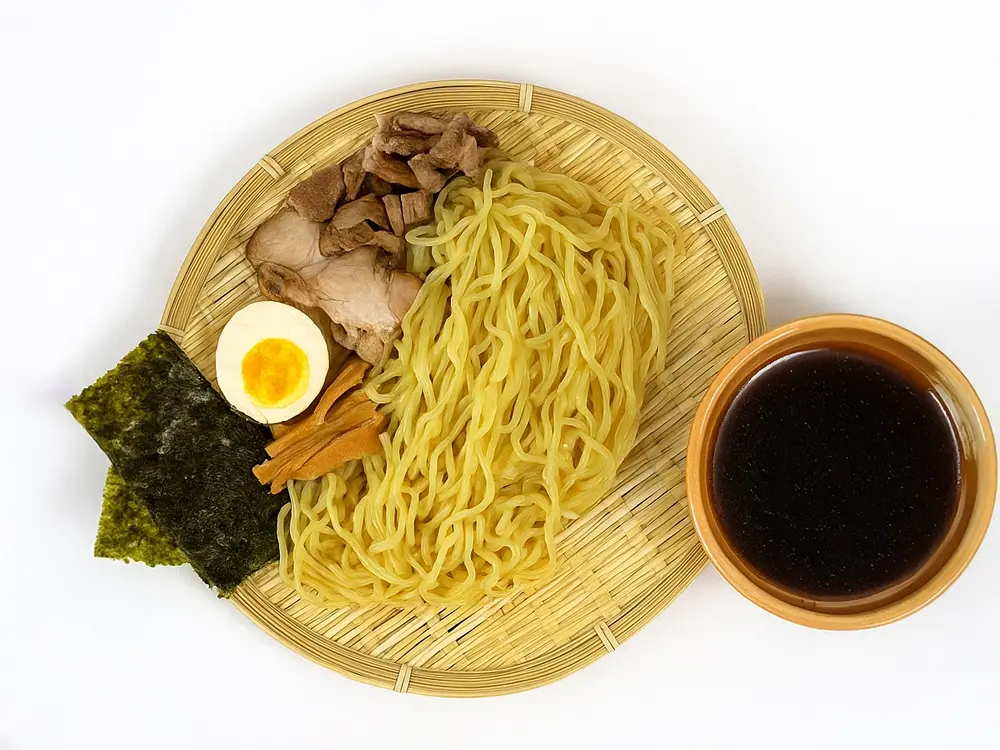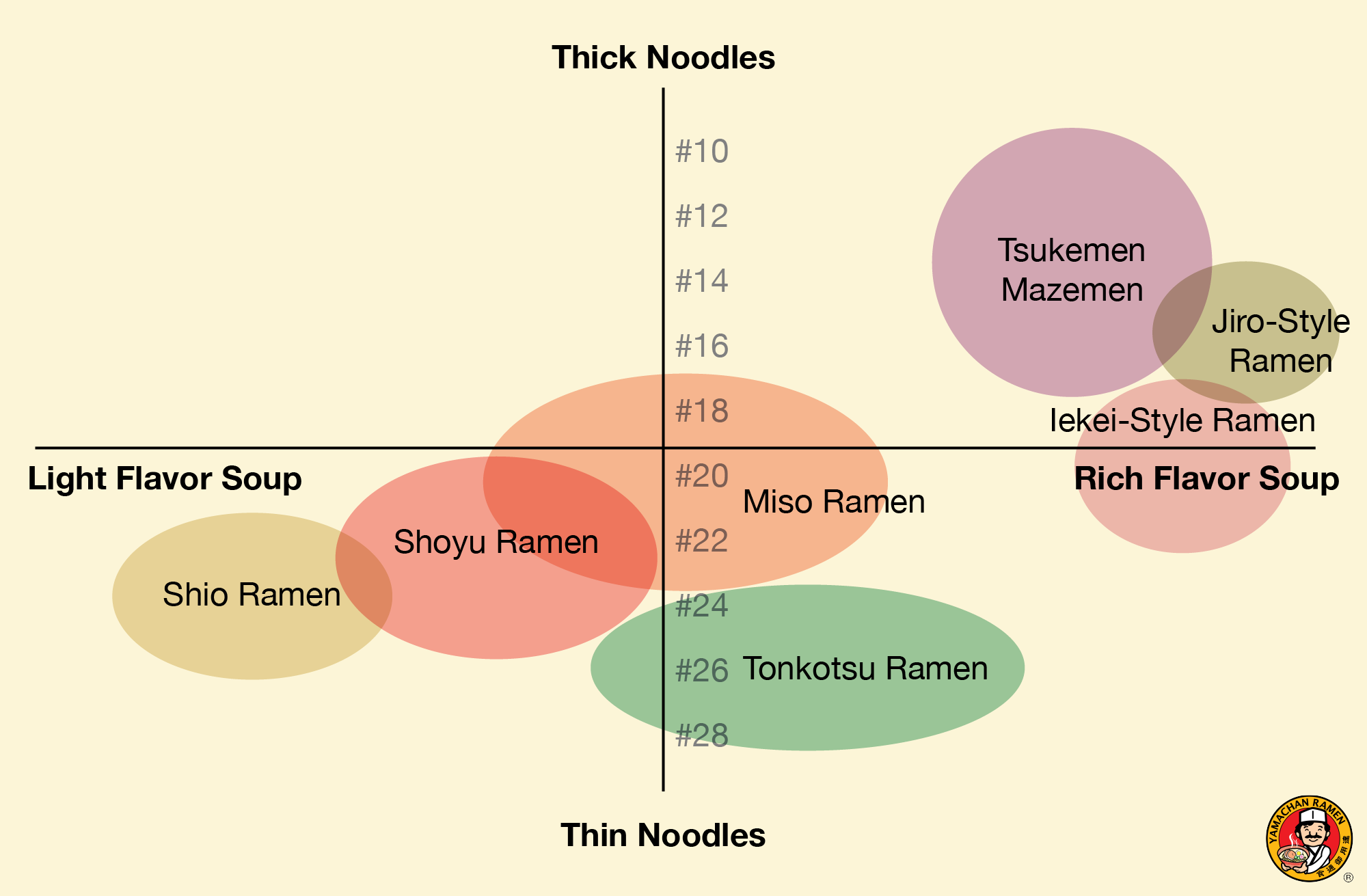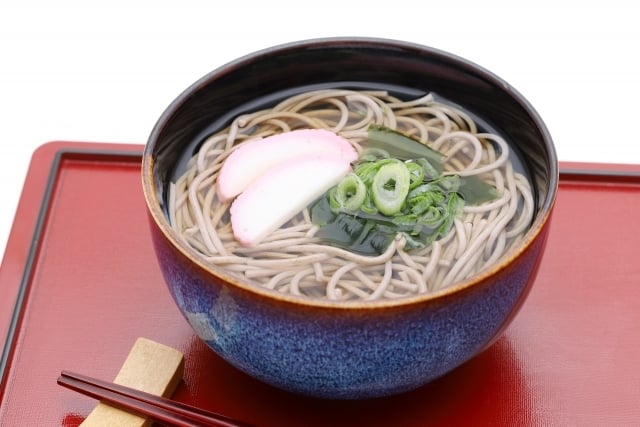What Is Tsukemen? A Unique Style of Japanese Ramen
Ramen Insight, Ramen Style
Tsukemen is a style of Japanese ramen where cold noodles are served separately and dipped into a hot, flavorful soup. It offers a unique ramen experience that highlights the contrast between chewy, chilled noodles and rich, savory dipping soup. Originally developed in Japan, tsukemen has gained global fans as a refreshing twist on traditional ramen.
In this guide, you’ll learn everything you need to know about tsukemen—from its humble beginnings in Tokyo to its rise as a global culinary phenomenon.
We’ll also explore noodle types, hydration levels, how to eat it properly, and creative tsukemen variations you’ll find around the world.
The Origin and Evolution of Tsukemen
Tsukemen originated in Tokyo's Higashi-Ikebukuro district, at the renowned ramen shop Taishoken. In the 1950s, founder Kazuo Yamagishi created a simple "staff meal" by dipping leftover ramen noodles into hot soup. This style, called morisoba, eventually became a menu item and caught on with regular customers. This innovation sparked a nationwide trend, and tsukemen soon spread beyond Tokyo, becoming a popular ramen variation across Japan. Later, in the 1970s, the ramen chain "Tsukemen Daiou" popularized the term "tsukemen," helping the dish evolve from a local specialty to a national phenomenon.
Initially, tsukemen used the same type of noodles as ramen, with more emphasis on the soup. The concept of dipping chilled noodles into rich soup was innovative at the time, with soup taking center stage.
Today, however, the emphasis has shifted to the noodles themselves. More restaurants now craft their own noodles or collaborate with artisan noodle suppliers. With careful attention to flour blends, hydration rates, and aging time, thick, chewy noodles with strong character have become the standard. In modern tsukemen, noodles aren't just a component—they define the dish.
Tsukemen vs Ramen: What’s the Real Difference?
At first glance, tsukemen and ramen look similar—but they offer two completely different experiences.
Ramen combines noodles and broth in one bowl for a seamless harmony, while tsukemen separates them to highlight contrast and texture.
In tsukemen, cold noodles are dipped into a rich, hot soup, creating a sharper temperature contrast and a deeper flavor balance.
And when you’re done, finish with Soup-Wari (pronounced soop-wah-ree), a light broth poured into the dipping soup to complete the experience.
Noodle Design and Hydration Levels
One of the key features of tsukemen is its noodle design. Noodle design is a key differentiator. Ramen typically uses medium-thin noodles tailored to the soup. Tsukemen, on the other hand, relies on medium-thick to extra-thick noodles that can stand on their own. The dipping method highlights each noodle's flavor, texture, and aroma.
Hydration also differs. Ramen noodles are usually medium hydration (30–35%), aiming for a firm bite. Tsukemen noodles use high hydration levels (38–45%), resulting in a springy texture and silky mouthfeel. After boiling, the noodles are chilled in cold water, further tightening the gluten structure and enhancing the surface sheen.
How to Eat Tsukemen: 5 Tips for First-Timers
- Taste the noodles first. Appreciate their aroma and texture before dipping.
- Dip just one-third of the noodle into the soup for balance and to avoid over-salting.
- Use condiments like yuzu pepper, fish powder, or diced onions to vary the flavor.
- Try "atsumori" (warm noodles) during cold weather for a different texture.
- Finish with soup-wari, a light broth poured into the dipping soup, transforming it into a flavorful soup.
Want to try making tsukemen at home? Here is our tsukemen recipe using Yamachan Ramen retail packs.
What Is Soup-Wari? The Final Touch of Tsukemen
Soup-wari (literally “soup dilution”) is a light broth poured into the leftover dipping soup after finishing your noodles—turning it into a warm, drinkable soup. The result is a warm, flavorful soup you can sip and savor.
Not every shop offers this, but when available, it’s a satisfying and distinctly Japanese way to end your meal.
| 💡 Pro tip: If you’re at a tsukemen restaurant and don’t see it on the menu, don’t hesitate to ask, “Do you offer soup-wari?” |

Creative Variations of Tsukemen Around the World
Thanks to its adaptability, tsukemen has become a canvas for culinary creativity. From traditional to fusion, new variations are appearing across Japan and around the world.
- Vegan Tsukemen: Made without animal products, this version uses a creamy dipping soup based on soy milk, shiitake mushrooms, and kombu, enriched with sesame and miso. Whole wheat thick noodles are paired with grilled vegetables and tofu chips, delivering both nutritional balance and visual appeal.
- Citrus-Infused Tsukemen: Refreshing summer variations featuring yuzu or sudachi-based broths, chilled noodles, and toppings like flaked sea bream, mitsuba, and yuzu zest.
- Italian-Inspired Tsukemen: Cold tomato-basil soup combined with olive oil, mozzarella cheese, and prosciutto creates a pasta-like experience with Japanese noodles.
- Ethnic Fusion Tsukemen: Broths based on Thai green curry or tom yum are infused with coconut milk and herbs, paired with thick noodles, steamed chicken, and fried vegetables for a Southeast Asian twist.
- Rich, Hearty Tsukemen: Using thick miso, pork back fat, butter, and roasted garlic, these stamina-style bowls cater to hearty appetites. Toppings like corn, bean sprouts, marinated eggs, and thick-cut chashu complete the dish.
Tsukemen is no longer confined to Japan. It has begun evolving into a globally recognized style of noodle dish—known internationally as "TSUKEMEN."
- New York: Tsukemen shops experiment boldly—offering thick, umami-rich seafood broths enhanced with ingredients like yuzu citrus, lobster oil, or even black truffle paste. These gourmet twists reflect the city’s diverse food scene and elevate the dish into a luxury experience. At the same time, health-conscious diners favor plant-based versions with soy milk and kombu, showing how tsukemen adapts to modern wellness trends.
- Paris: Tsukemen has taken on a refined identity. Upscale bistros serve versions featuring duck confit and white wine-infused broths—blending classic French culinary techniques with Japanese precision. Some chefs add ingredients like truffle shavings or foie gras, turning tsukemen into a fine-dining experience.
- London: Tsukemen is embraced as a bold and hearty comfort food in the U.K. capital. It’s especially popular in ramen pop-ups and trendy food markets, where thick, stew-like broths—often featuring smoked meats, curry spices, or miso butter—offer a creative twist. This rich and warming style is a favorite for chilly days among ramen fans seeking something extra satisfying.
- Bangkok: Tsukemen takes on a bold twist with spicy fusion broths featuring Thai herbs, lemongrass, and chili. These Southeast Asian influences create vibrant, tangy flavors that pair well with thick noodles and grilled or steamed toppings.
- Sydney: Tsukemen has found its way into casual dining culture, with restaurants offering cold noodle options and creative toppings year-round. Local twists—like tsukemen with chili oil, soft-boiled eggs, and even native herbs—reflect the city's multicultural palate.
Flexible and globally adaptable, tsukemen is emerging as a new category in the world of noodle cuisine—moving beyond its Japanese origins into a truly international culinary identity.
Tsukemen FAQ
Q: What is tsukemen?
A: Tsukemen is a Japanese noodle dish where cold noodles are served separately from a hot dipping soup.
Q: How is tsukemen different from ramen?
A: Unlike ramen, tsukemen noodles are served cold and dipped into a separate, often richer, hot soup.
Q: How do you eat tsukemen?
A: Dip just a portion of the noodles into the soup, enjoy them bite by bite, and finish with soup-wari (diluted soup).
Q: What kind of noodles are used in tsukemen?
A: Tsukemen typically uses thicker, high-hydration noodles that are chewy and springy in texture.
➡️ Explore our wholesale tsukemen products below.
Yamachan Wholesale Products:
Contact Now
Looking to Add Tsukemen to Your Menu?
We supply professional-quality noodles and soup bases to help you craft authentic tsukemen dishes.
Whether you need thick wavy noodles, rich tonkotsu soup base, or custom noodle specs, we’re here to support your restaurant’s success.




